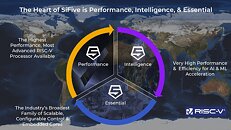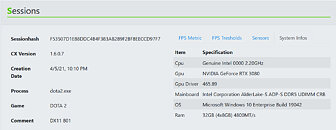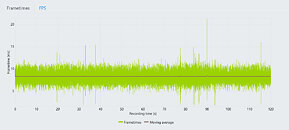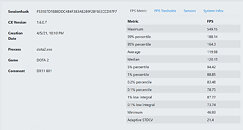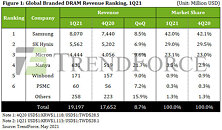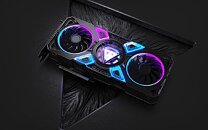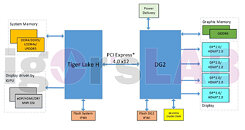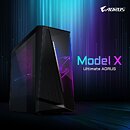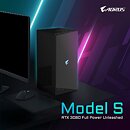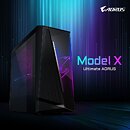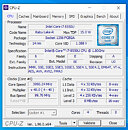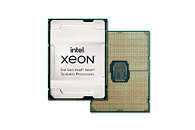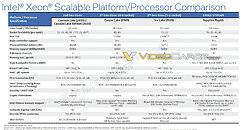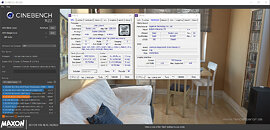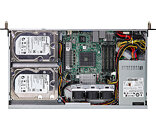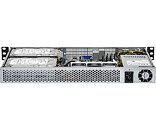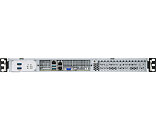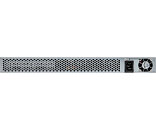
Intel's Sapphire Rapids Xeons to Feature up to 64 GB of HBM2e Memory
During the Supercomputing (SC) 21 event, Intel has disclosed additional information regarding the company's upcoming Xeon server processor lineup, codenamed Sapphire Rapids. One of the central areas of improvement for the new processor generation is the core architecture based on Golden Cove, the same core found in Alder Lake processors for consumers. However, the only difference between the Golden Cove variant found in Alder Lake and Sapphire Rapids is the amount of L2 (level two) cache. With Alder Lake, Intel equipped each core with 1.25 MB of its L2 cache. However, with Sapphire Rapids, each core receives a 2 MB bank.
One of the most exciting things about the processors, confirmed by Intel today, is the inclusion of High-Bandwidth Memory (HBM). These processors operate with eight memory channels carrying DDR5 memory and offer PCIe Gen5 IO expansion. Intel has confirmed that Sapphire Rapids Xeons will feature up to 64 GB of HBM2E memory, including a few operating modes. The first is a simple HBM caching mode, where the HBM memory acts as a buffer for the installed DDR5. This method is transparent to software and allows easy usage. The second method is Flat Mode, which means that both DDR5 and HBM are used as contiguous address spaces. And finally, there exists an HBM-only mode that utilizes the HBM2E modules as the only system memory, and applications fit inside it. This has numerous benefits, primarily drawn from HBM's performance and reduced latency.
One of the most exciting things about the processors, confirmed by Intel today, is the inclusion of High-Bandwidth Memory (HBM). These processors operate with eight memory channels carrying DDR5 memory and offer PCIe Gen5 IO expansion. Intel has confirmed that Sapphire Rapids Xeons will feature up to 64 GB of HBM2E memory, including a few operating modes. The first is a simple HBM caching mode, where the HBM memory acts as a buffer for the installed DDR5. This method is transparent to software and allows easy usage. The second method is Flat Mode, which means that both DDR5 and HBM are used as contiguous address spaces. And finally, there exists an HBM-only mode that utilizes the HBM2E modules as the only system memory, and applications fit inside it. This has numerous benefits, primarily drawn from HBM's performance and reduced latency.

















